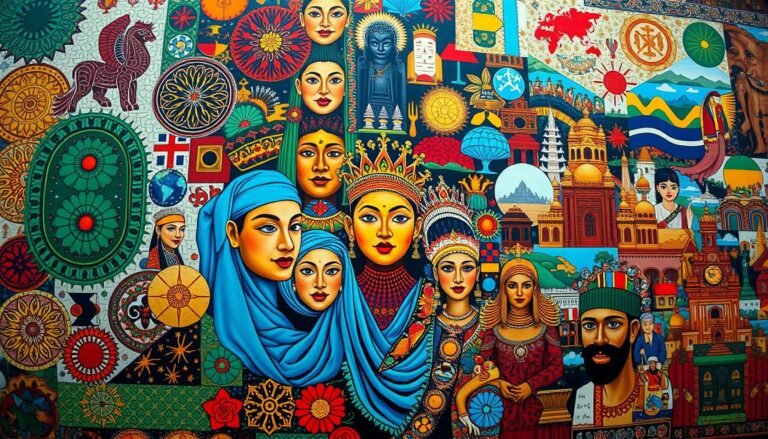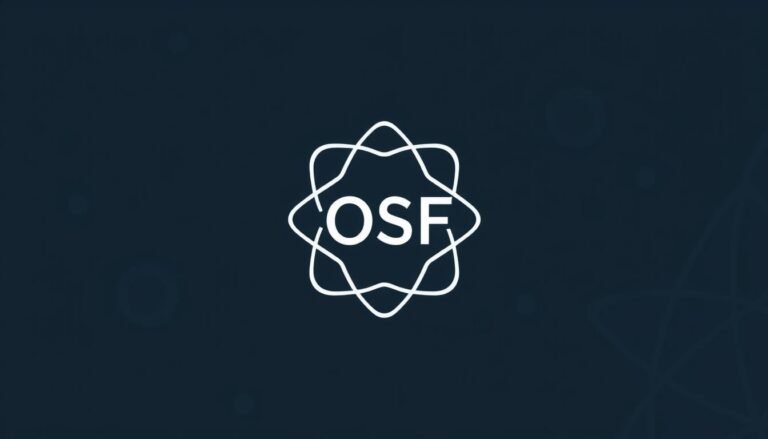
Introduction
In an era dominated by rapid globalization and technological advancement, the focus on economic growth often overshadows the fundamental question: what truly constitutes a high quality of life? The common metric for assessing a nation’s health has long been Gross Domestic Product (GDP), yet this figure tells only part of the story. The necessity of expanding our lens beyond GDP to embrace a more holistic view of quality of life is more pressing than ever.
Imagine a world where happiness, well-being, and environmental sustainability define wealth, rather than mere financial transactions. This article, “Beyond GDP: Understanding the True Metrics of Quality of Life,” will guide you through the intricacies of measuring what truly matters in our lives, ultimately revealing that the essence of prosperity lies in more than just numbers.
The Limitations of GDP
Understanding GDP
Gross Domestic Product measures the total economic output of a country. It’s a clear and straightforward figure that indicates how much wealth a nation is generating. However, this metric has significant drawbacks.
It Ignores Inequality: While a rising GDP may suggest growth, it does not account for how that wealth is distributed among the population. A nation may experience high GDP growth alongside staggering inequality, masking the true quality of life for a significant portion of its citizens.
Environmental Costs: GDP counts all economic activities, whether beneficial or detrimental. For instance, pollution clean-ups and healthcare expenses related to environmental degradation contribute positively to GDP, despite indicating societal harm.
- Non-Market Transactions: Essential daily activities like caregiving and volunteer work remain unaccounted for in GDP figures, disregarding their contributions to quality of life.
Case Study: Bhutan’s Gross National Happiness (GNH)
Bhutan stands out globally for its unique approach to development through the lens of happiness rather than economic output. Adopting the principle of Gross National Happiness (GNH), Bhutan places equal importance on spiritual and cultural values alongside economic progress.
Analysis
By prioritizing GNH, Bhutan has initiated policies focused on environmental preservation, cultural promotion, community vitality, and psychological well-being. The success of GNH demonstrates the inadequacies of GDP as a sole measure of national success, showcasing that happiness and sustainable development can coexist.
Introducing Alternative Metrics
The Human Development Index (HDI)
One of the primary alternatives to GDP is the Human Development Index (HDI), which combines income, education, and life expectancy to create a broader picture of human well-being.
- Income: Represents the standard of living.
- Education: Integrating mean years of schooling and expected years of schooling signifies knowledge and capability.
- Life Expectancy at Birth: This affects overall health and longevity, reflecting healthcare quality and living conditions.
Case Study: Norway’s HDI Success
Norway consistently ranks at the top of the HDI list, demonstrating how the country’s commitment to social welfare, education, and healthcare translates into higher living standards.
Analysis
Norway’s model illustrates that when a society invests in education and healthcare, they reap the rewards in the form of a highly skilled, healthy, and satisfied population. This correlation between quality of life and comprehensive welfare systems reinforces the argument for looking beyond GDP: understanding the true metrics of quality of life.
Adjusted Metrics: Genuine Progress Indicator (GPI)
The Genuine Progress Indicator (GPI) attempts to rectify the deficiencies of GDP by accounting for environmental and social factors. GPI includes:
- The value of household and volunteer work.
- The costs of crime and pollution.
- Income distribution adjustments.
Case Study: Maryland’s GPI Analysis
Maryland has been pioneering in implementing the GPI as a metric for assessing state progress. Their findings indicate that while Maryland’s GDP was growing, GPI revealed stagnation due to rising inequality, crime rates, and environmental degradation.
Analysis
The GPI reinforces the importance of recognizing the nuances of development and advocates the belief that prosperity is multi-dimensional. This aligns directly with the vision of beyond GDP: understanding the true metrics of quality of life.
The Role of Sustainable Development Goals (SDGs)
In 2015, United Nations member states adopted the Sustainable Development Goals (SDGs), a set of 17 interlinked global goals aimed at addressing the world’s most pressing challenges by 2030. Not only do these goals challenge the traditional economic focus, but they also advance broader indicators of societal well-being:
- No Poverty: Eradicating poverty in all its forms everywhere.
- Quality Education: Ensuring inclusive quality education and promoting lifelong learning opportunities for all.
- Sustainable Cities and Communities: Making cities safe, resilient, and sustainable.
Case Study: Finland’s Education System
Finland has garnered global recognition for its educational system, which is closely aligned with the SDGs. Finnish schools emphasize student well-being, creative problem-solving, and equal opportunities, proving that educational success is not merely about high test scores.
Analysis
Finland showcases an effective approach that transcends traditional metrics. By focusing on holistic education, the country exemplifies beyond GDP: understanding the true metrics of quality of life in action.
The Social Progress Index (SPI)
The Social Progress Index (SPI) builds upon existing metrics to provide a comprehensive assessment of social progress worldwide. By evaluating areas such as health, education, and environmental sustainability, SPI emphasizes:
- Basic human needs.
- Foundations of well-being.
- Opportunity.
Case Study: Costa Rica’s Holistic Approach
Costa Rica consistently ranks high in the SPI due to strong healthcare, education systems, and a commitment to environmental sustainability. Its “pura vida” philosophy has created a culture that values community well-being over material wealth.
Analysis
Costa Rica illustrates the effectiveness of prioritizing social and environmental metrics alongside economic ones, reinforcing the need to move beyond GDP: understanding the true metrics of quality of life.
Integrating Quality of Life Indicators
Well-Being and Happiness Indices
Countries are increasingly adopting well-being and happiness indices to guide policy. The World Happiness Report considers factors such as mental health, social connections, and freedom.
Case Study: Iceland’s Happiness Initiatives
Iceland has implemented policies focused on family support, work-life balance, and mental health, culminating in a population that ranks high in global happiness.
Analysis
Iceland’s success showcases how implementing happiness-focused initiatives can yield positive societal outcomes, aligning with the goal of understanding quality of life beyond traditional economic measures.
Conclusion
Relying solely on GDP as a metric for success is akin to measuring the depth of the ocean with a yardstick. While it offers insight into financial performance, it fails to capture the essence of human experience and well-being.
As we shift our understanding of prosperity to incorporate broader metrics that include health, education, equality, and environmental sustainability, we foster nations that prioritize the quality of life for all citizens. By doing so, we embrace a new narrative—one that values happiness and fulfillment as the true measures of success.
Actionable Insights
- Advocate for Policy Change: Encourage local and national governments to adopt multidimensional metrics that emphasize well-being.
- Support Local Initiatives: Engage with community programs focused on enhancing quality of life, such as environmental conservation or educational enhancements.
- Personal Growth: Foster personal well-being by engaging in activities that promote happiness, such as volunteering, community involvement, or exploring new skills.
FAQs
1. What are the key limitations of using GDP as a measure of development?
GDP fails to account for income inequality, environmental degradation, and non-market contributions, providing an incomplete view of societal welfare.
2. How does GNH differ from GDP?
Gross National Happiness prioritizes factors such as cultural integrity, environmental sustainability, and overall well-being, contrasting sharply with GDP’s exclusive focus on economic output.
3. What is the Human Development Index (HDI)?
HDI is a composite index measuring average achievements in key dimensions of human development: health (life expectancy), education (years of schooling), and standard of living (GNI per capita).
4. How can individuals contribute to improving their community’s quality of life?
Individuals can engage in volunteering, support local businesses, advocate for sustainable practices, and participate in community initiatives aimed at improving social welfare.
5. Why are alternative metrics important for future policymaking?
Alternative metrics provide a more comprehensive understanding of societal well-being, guiding governments to create policies that foster equitable and sustainable growth that truly benefits their populations.
In our quest for progress, let us not forget: beyond GDP: understanding the true metrics of quality of life paves the way for a richer, more human-centered future.

















